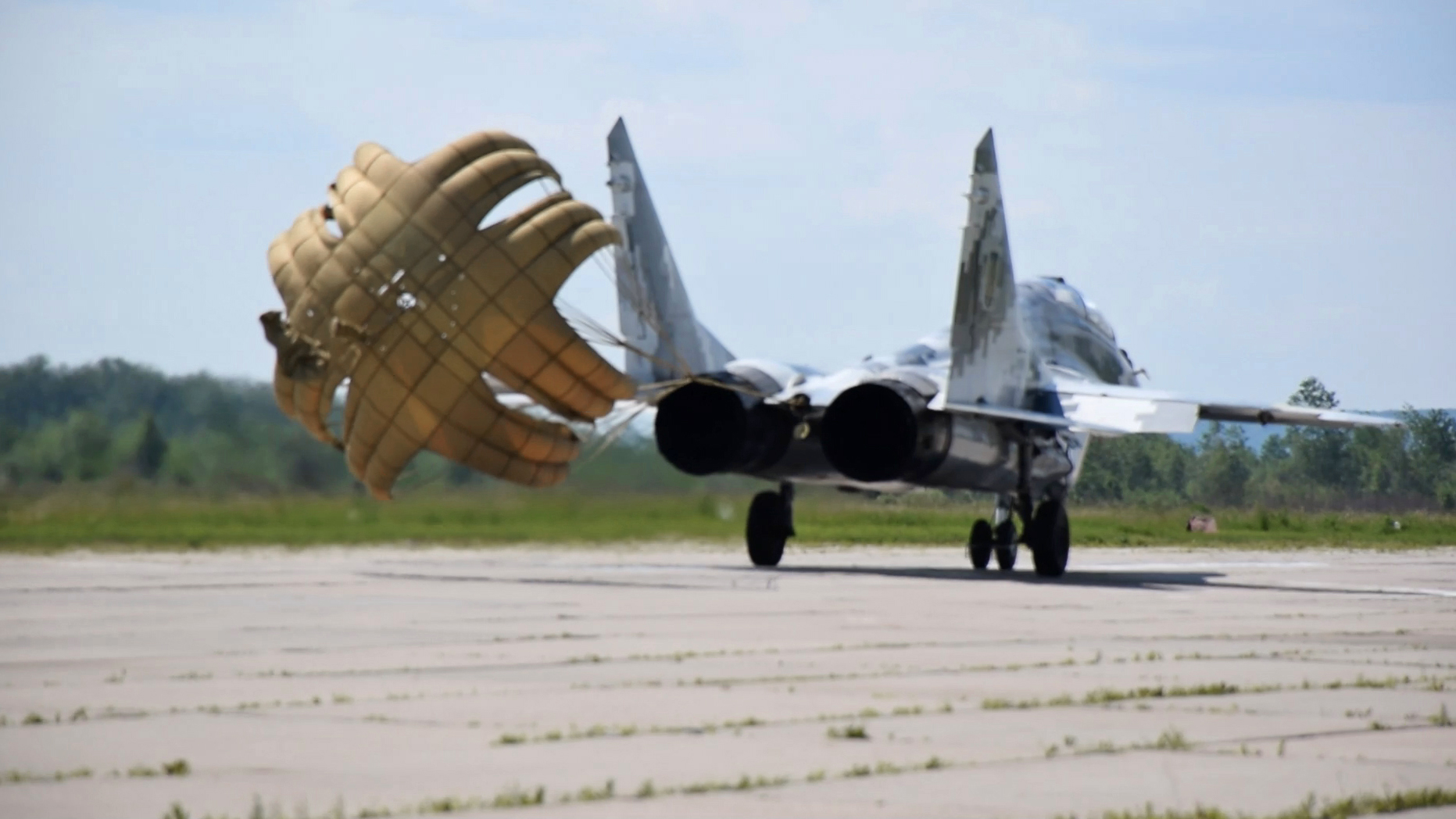Unlike the recent influx of promises for western tanks, Ukraine has yet to receive any solid offers of modern fighter jets from allies like the U.S., France, the Netherlands, Denmark and others. But it’s preparing airfields across the country in anticipation of deliveries of multi-role jets like U.S.-made F-16 Fighting Falcons or French Mirage or Rafale fighters.
To integrate jets like those into the Ukrainian Air Force would not only require training for pilots and maintainers, but it would also require making sure more modern jets have safe places to operate from.

“We have to prepare the airfield infrastructure so that pilots could land safely on the airstrips,” Ukrainian Air Force spokesman Col. Yuri Ignat told reporters Friday at a press briefing in Ukraine. “The works are in progress in different regions of Ukraine with the support of the Ministry of Infrastructure, the Ministry of Defense and other government agencies to support us in the creation of this airfield network.”
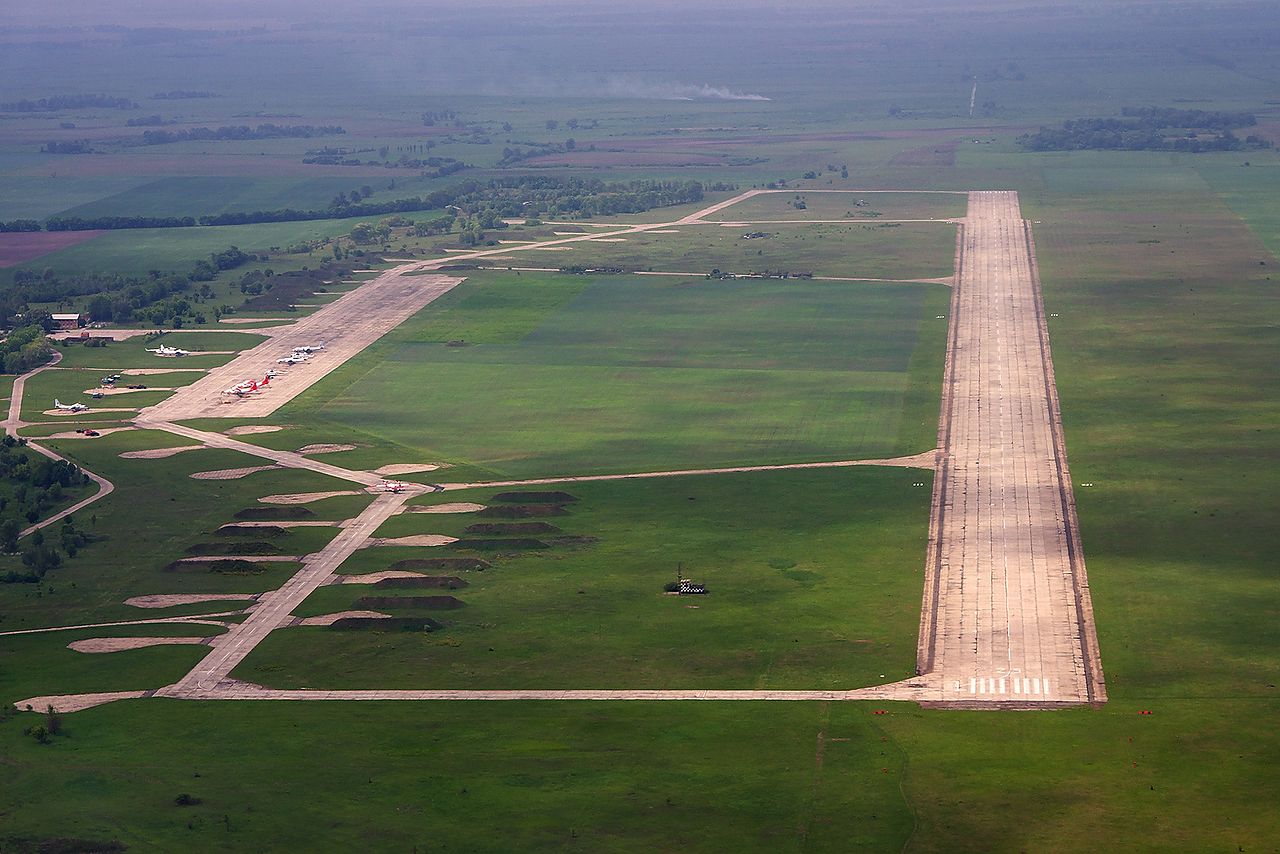
With the country under continuing sporadic missile and drone barrages, like the one yesterday, Ignat acknowledged that the work to create the airfield network for new fighters cannot be done “as well as it could have been done in peacetime.”
Ignat did not offer any details about where or how many airfields are in the pipeline, or what kind of work needed to be done.
But any improvements likely involve upgrading the quality of operating areas and possibly lengthening runways. Ukraine’s Soviet-designed tactical jets were built to operate in conditions that can be considered positively austere when compared to their Western counterparts. The bases they operate from reflect this flexibility. too. As for the aircraft, they have sturdier landing gear, mud guards on their nose wheels, in some cases even intake doors that protect the aircraft from ingesting damaging debris during taxiing. Most Western designs are made to operate from much more pristine surfaces that are meticulously cleared of even small pieces of debris. So if Ukraine wants Western fighters, it needs infrastructure that meets their operational needs.
Ignat’s comments are part of an ongoing effort to secure F-16s or other modern jets as the nearly year-old full-on war drags on.
Ignat on Friday repeated the call for F-16s, saying they could serve multiple roles ranging from close air support to air defense, including helping to take out cruise missiles and drones.
“The F -16 is one of the most popular models throughout the world and would be the best candidate for the Air Force to become the basic fixed-wing multipurpose aircraft,” Ignat stated.
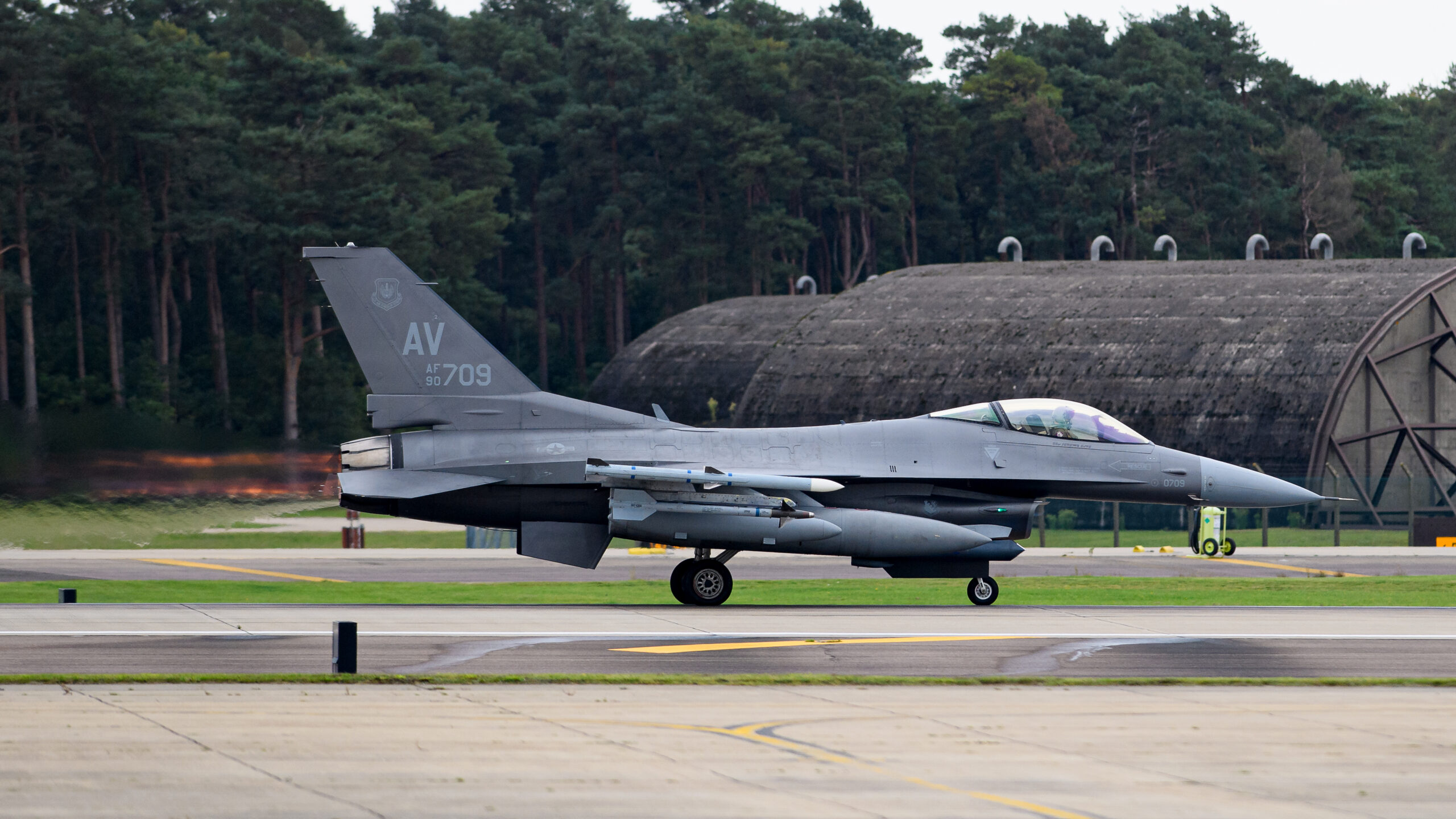
Earlier this year, Ukrainian pilots visited the U.S. to lobby lawmakers to provide the more modern fighters, Ignat said Friday.
“They were communicating with the senators and congressmen,” he said. “They were looking at them right in their eyes, expressing their need for those fighter jets which would help a lot on our way to our victory for liberation of the occupation of our homeland.”
Ignat also mentioned a “proposal from France … about Rafale multipurpose jets,” but noted that “we have to work through that issue.” Ignat also said that negotiations with France had been “in progress for a pretty extended period,” although it’s not clear if he was referring specifically to talks about supplying fighter jets.
The longstanding push for fighters has previously involved both Ukrainian officials and members of the Ukrainian Air Force, supported by some U.S. lawmakers. However, most proposals have focused on the U.S.-made F-16 fighter jet, primarily on account of it being assumed it would be easier to train pilots, source the jets, and bring them into service in a rapid and efficient manner. Also sustaining them in the long run will be easier than other types.
The list of pilots chosen to train on F-16s, should they be provided, has been prepared for a while, said Ignat. At a media briefing last week, Ignat said that $100 million had already been earmarked for pilot training, though he did not say who was picking up the tab. He also said the type of aircraft Ukraine would likely receive has already been determined, without stating what kind.
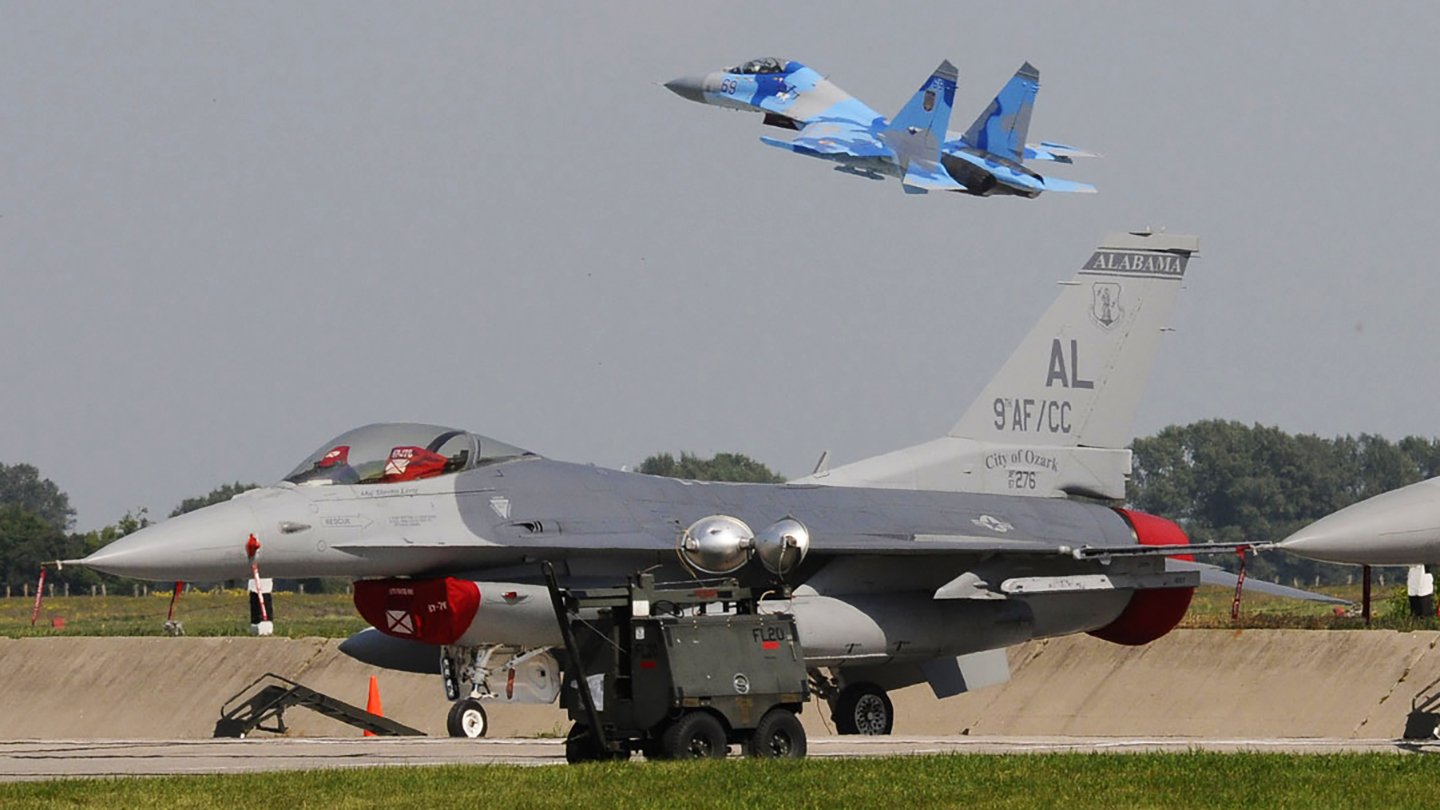
There is currently one Ukrainian student in the U.S. Air Force Aviation Leadership Program, which provides pilot training in the T-6A, not geared ultimately for any one specific combat aircraft, Air Force Capt. Rachel Salpietra, an Air Force Secretary spokesperson told The War Zone Friday afternoon.
“Ukraine has been participating in the program with us for the last 12 years,” she added. “Ukrainian maintainers and engineers have not participated in any training with the U.S. Air Force for the past several years.”
This week, the long logjam over providing tanks to Ukraine was broken, with the U.S. and allies finally agreeing to send 31 M1A2 Abrams and scores of German-made Leopard 2 tanks.
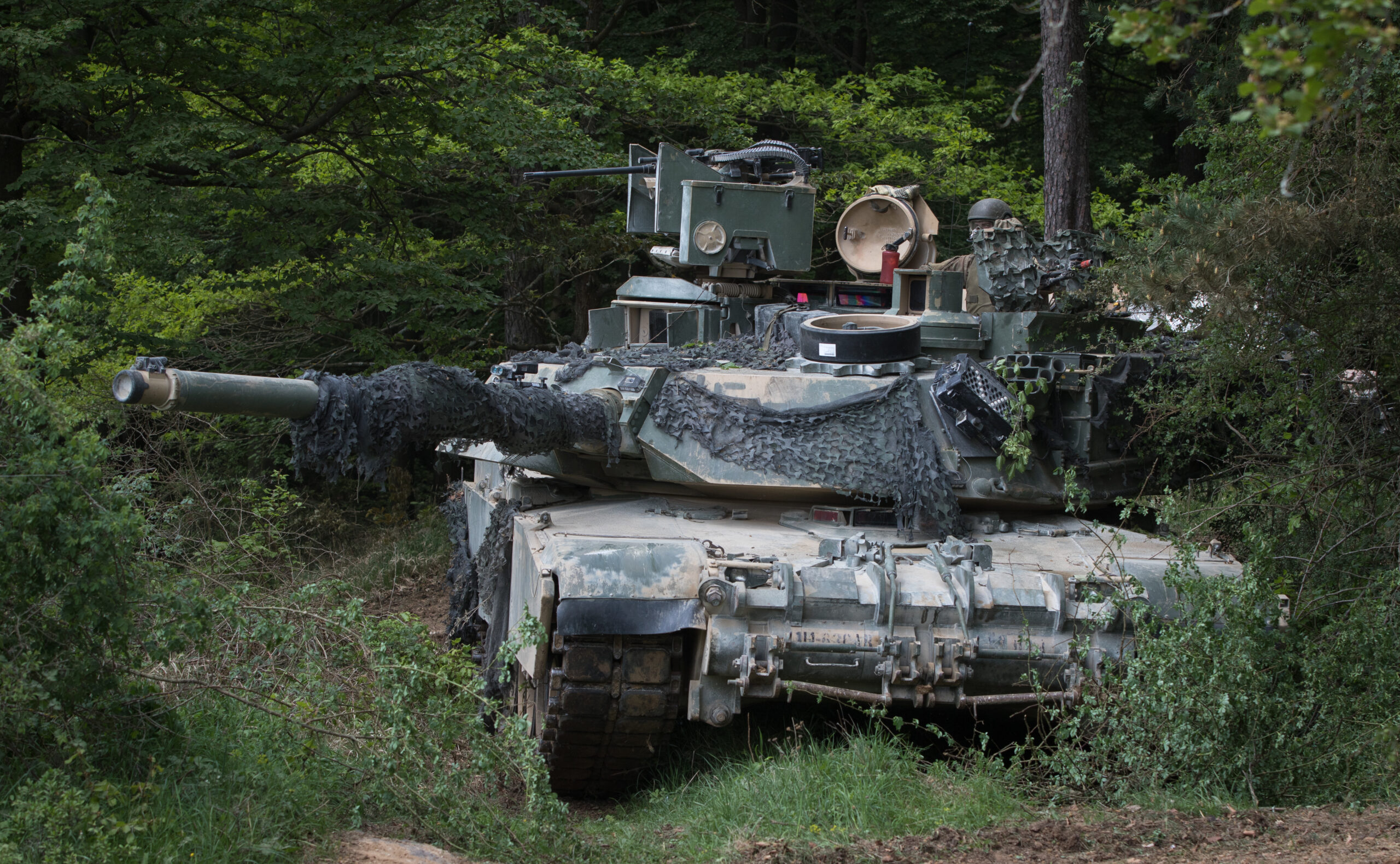
As with the tanks, there has been reluctance among the U.S. and allies to send advanced fighter jets to Ukraine over concerns about training, maintenance and sustainment, as well as the possibility that doing so could widen the conflict.
Now that tanks are being checked off, could jets be next?
White House National Security Council spokesman John Kirby did not seem to indicate it was imminent during a press briefing on Friday.
“It’s not surprising that the Ukrainians have asked for the F-16 in particularly, but fighter aircraft generally,” he told reporters, including from The War Zone. “This is not a new request by them. And you could hardly blame them. They obviously want as much capability as possible.”
“All I will say is that we are in constant discussion and conversation with the Ukrainians almost every day about their capability needs and that conversation is iterative and we do things in as a collaborative fashion as we can. But I don’t have anything to announce with respect to lethal capabilities, let alone fighter planes.”
Before we dive into the latest updates from Ukraine, The War Zone readers can get caught up on our previous rolling coverage here.
The Latest
On the battlefield, the Russians appear to be growing their forces and trying to conduct offensives not just in Donetsk and Luhansk, but in Zaporizhzhia in the southeast too, a Ukrainian military advisor told The War Zone Friday.
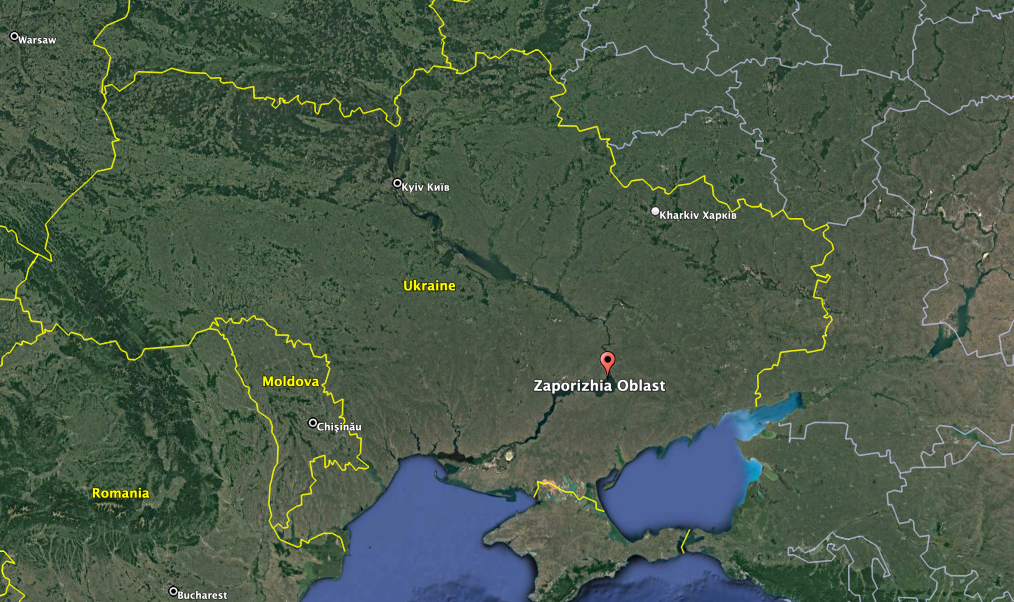
“We see growing Russian forces and they are trying to conduct offenses in Bakhmut and Vugledar [in Donetsk], Kreminna [in Luhansk] and and Orikhiv in Zaporizhzhia,” he said.
He also concurred with a report Friday in The Guardian that Russians could push at the hinge between the Zaporizhzhia and Donetsk fronts in the area around Velyka Novosilka.
The story, by Julian Borger, points to a looming breakout of a war that has largely ground down into a bloody and largely static slog.
“The big battle is coming this spring, or even before,” a Ukrainian soldier named Vitaly, holding the line in a town called Huliaipole in Zaporizhzhia Oblast told him. “Whether it arrives here or somewhere else along the 750-mile frontline, the storm is expected to break this spring, ushering in what may prove to the most intense phase of the war so far.”
Here are some key takeaways from the latest Institute for the Study of War assessment:
- Russian sources claimed that Ukrainian forces relaunched counteroffensive operations near Kreminna.
- Russian forces continued ground attacks around Bakhmut, on the western outskirts of Donetsk City, and in the Vuhledar area.
- Ukrainian officials reported that Russian forces in Zaporizhia Oblast are not conducting offensive operations at the size or scale necessary for a full-scale offensive.
- Russian milbloggers claimed that Russian forces continued to conduct limited and localized ground attacks in Zaporizhia Oblast.
- The Wagner Group likely experienced significant losses in attritional offensive operations in eastern Ukraine over the past few months.
As Russia appears to be moving more troops into Zaporizhzhia Oblast, Ukrainian forces are spotting an increasing number of inflatable decoy tanks popping up there. That could be a harbinger of things to come as they can create confusion in the heat of battle and in critical pre-operational planning.
Nearly a year after Russian forces pressed down from Belarus in an attempt to take Kyiv, officials in Ukraine’s capital city are continuing to build out defensive fortifications. This is occurring even though Ukrainian intelligence officials say at the moment that an attack from their bellicose neighbor to the north does not appear to be imminent.
While Ukrainian officials downplay for now the threat of an attack from Belarus, Russia keeps sending its troops there for training and regeneration, according to Foreign Policy, via U.K. Defense Intelligence.
“Poland will send 60 PT-91 Twardy tanks to Ukraine, along with the previously announced 14 Leopard 2 tanks,” Ukrainian Head of the Office of the President Andrii Yermak reported on his Telegram channel Friday. “Thanks to the allies. Let’s crush the enemy.”
Belgian Prime Minister Alexander De Croo announced a new $100 million aid package to Ukraine, according to the Belgian HLN news agency.
The package does not include tanks.
“Our country will send grenades, ammunition, anti-aircraft missiles and anti-tank guns to Ukraine. Vehicles are also sent, including light armored vehicles,” De Croo said. “Part of this comes from the stock of the Belgian defense, another part is purchased from the Belgian arms industry and will be sent directly to Ukraine. Defense also supplies fuel and will provide training for Ukrainian soldiers.”
The Ukraine Weapons Tracker OSINT group reported that a Belgian M113A1 B armored personnel carrier was spotted in eastern Ukraine, apparently purchased by the U.K. from a private company in Belgium.
“Estonia has decided to provide Ukraine with 155-millimeter artillery ammunition, Estonian Defense Minister Hanno Pevkur said, according to the Ukrainian news agency Censor.net. “I do not consider it necessary to talk about the details of the agreements between the armed forces of Estonia and Ukraine, in particular, the number and range of ammunition. If we provide Ukraine with cluster munitions, I don’t see any problems here, as both sides are already using such ammunition on the territory of Ukraine.”
Russia apparently used cluster munitions to take out an S-300PS air defense system near the Oskil River in Kharkiv Oblast.
Canadian Defense Minister Anita Anand announced Thursday that her country will supply Ukraine with four Leopard 2 main battle tanks from the Canadian Armed Forces’ (CAF) inventory. The Minister also announced that Canada will provide ammunition, spare parts, and will deploy Canadian Armed Forces members to train Ukrainian soldiers on the use of these tanks in a third country.
Even as weapon donations and promises of more flow into Ukraine, Kyiv is developing its own weapons production.
Defense Minister Oleksii Reznikov on Thursday unveiled Ukraine’s new, domestically-produced Bohdana 155mm self-propelled howitzer, which has already been tested in battle, The New Voice of Ukraine reported.
In a Facebook post on Jan. 26, Reznikov showed a photo of the howitzer, and said the ministry has continued to place orders with Ukrainian defense contractors throughout 2022, “facilitating opening new assembly lines at new locations and ramping up production.”
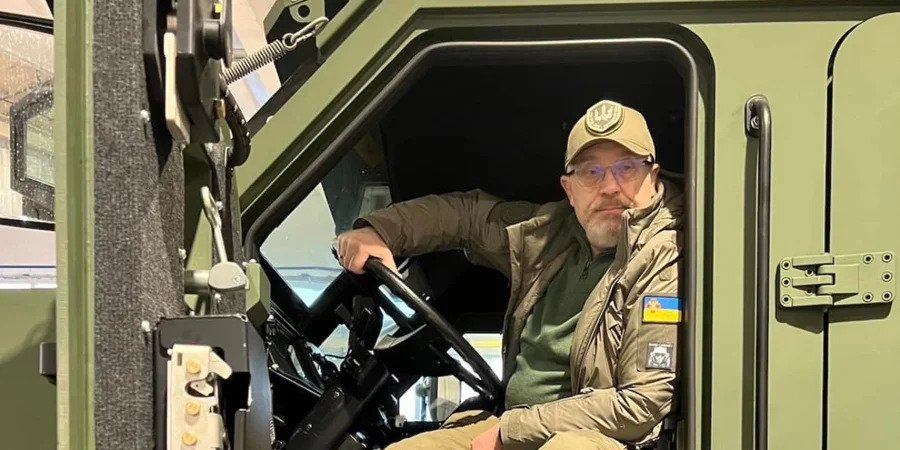
One place Ukraine isn’t getting weapons from is Israel. A request by the Biden administration for HAWK surface-to-air missiles was rebuffed by the Israeli government, Axios reported on Wednesday.
The Israeli Defense Ministry reiterated to Axios in a statement that the “position of the Israel security establishment [on giving military aid to Ukraine] hasn’t changed. Every request is being reviewed on a case-by-case basis.”
Ukraine has received HAWK air defense systems and missiles for them from a number of its allies, including the U.S.
Russia, meanwhile, is not happy with all the weapons flowing into Ukraine.
The Russian Ministry of Foreign Affairs on Friday tweeted out a complaint, saying that the influx of tanks and other armored vehicles, howitzers, air defense systems and much more is “yet another indication that the West plans to raise the stakes in the conflict, prolonging it and raising the number of casualties.”
Ukraine and its current leadership fully depend on the West, Deputy Chairman of the Russian Security Council Dmitry Medvedev said on Thursday, according to the official Russian TASS news agency.
More old weapons are showing up on the battlefield.
The Pansarvärnspjäs 1110 or PV-1110 is a recoilless gun developed by Bofors which saw service with the Swedish military between 1959 and the early 2000s, according to the Armourer’s Bench website.
“While not the only recoilless rifle/gun in use in Ukraine, others include the Carl Gustav and SPG-9, the 90mm smoothbore PV-1110 is perhaps the rarest,” according to the Armourer’s Bench. “With sources suggesting that fewer than 2,000 PV-1110s were manufactured this would make the PV-1110 one of the rarest anti-tank weapons in use in Ukraine.”
Ukraine isn’t the only army with old or refurbished weapons.
Russia too is driving around in some fixer-uppers, like this T-72B tank that received some recent upgrades, like a new 1PN-96MT-02 thermal sight and explosive reactive armor (ERA).
War is horrific, but it produces some vivid images, like these Ukrainian anti-drone air defense efforts.
With its power system having come under attack leaving many Ukrainians without consistent supplies of electricity, state energy trader JSC “Energy Company of Ukraine” signed a memorandum of understanding and cooperation with Turkey’s Karpowership, The Maritime Executive reported Thursday. The companies plan to work together to explore adding power to Ukraine’s grid.
“The companies, together with national and international organizations, plan to develop a project to finance and launch 500 MW of electric power from energy ships,” The Maritime Executive reported. “They believe that Karpowership’s technology would allow for relatively quick deployment of new generating capacity. Karpowership currently has a fleet of 36 energy ships with operations in 13 countries. According to the company, the vessels which operate on multi-fuel, natural gas/LNG, low-sulfur liquid fuel, can be directly connected to existing infrastructure in less than 30 days.”
A Turkish-owned general cargo ship was struck by a missile in the port of the southern Ukrainian city of Kherson, sparking a fire, Reuters reported Wednesday, citing video footage from the scene and shipping sources.
“The missile hit the bridge of the vessel named Tuzla on Tuesday, maritime security company Ambrey said, causing the fire,” Reuters reported “Video footage showed flames filling the command room of the ship.”
While Reuters confirmed the location from the ships and buildings seen in the video, which matched file and satellite imagery of the area, it could not independently confirm the date the videos were filmed.
Dmitry Medvedev, Deputy Chairman of the Security Council of the Russian Federation claims that Ukraine will soon have no access to the sea.
Repair work continues on the Kerch Bridge, Vladimir Putin’s prized $4 billion span linking Russia with the Crimean peninsula it has occupied since 2014. The bridge was badly damaged in an attack on Oct. 8.
During America’s war in Afghanistan, the PG-7 warhead, delivered by shoulder-fired weapons, wreaked havoc on U.S. armor. Now it appears that Ukraine has MacGyvered one of those warheads to a drone to take out Russian armor. Watch as it is delivered to a BMP-1 Infantry Fighting Vehicle.
The Russians too delivered a reminder of America’s longest war, in this case destroying a U.S.-donated M1224 MaxxPro MRAP.
Javelins still pack a punch for Ukraine on the battlefield, in this case reportedly taking out several Russian armored vehicles, including two T-80 tanks.
The salt-mining town of Soledar in Donetsk Oblast remains contested, and Russian troops there came under fire from Ukrainian artillery, as you can see in this video below.
And finally, Ukraine is putting to shame U.S. mass transit, as it continues to maintain train service during a time of war.
That’s it for now. We will update this story if there is anything major to add.
Contact the author: howard@thewarzone.com
